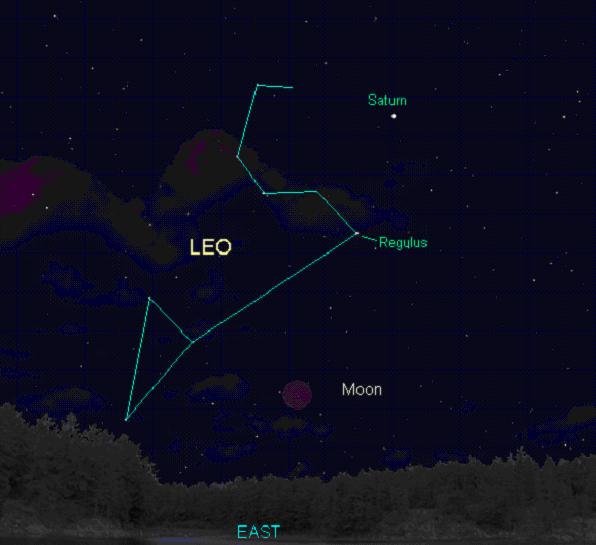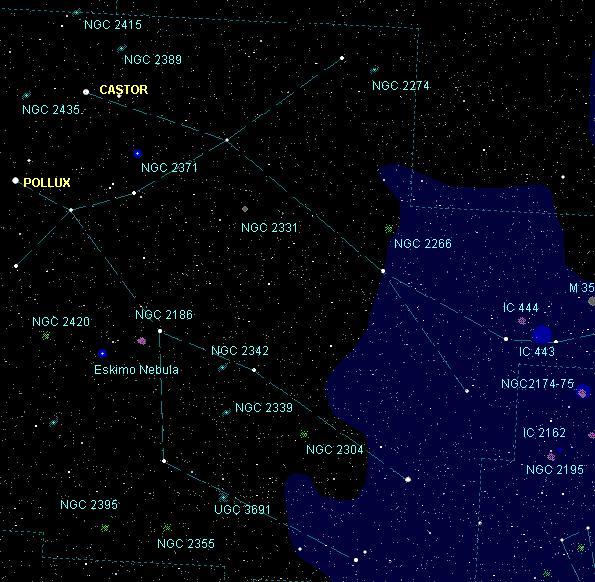Finally – A Lunar Eclipse
The typical wall calendar shows that this March 3rd will be a full moon otherwise known as the Wolf Moon, and is scheduled to rise 5:50 p.m. locally. However, the magic to this event is the moon will be completely immersed in the earth’s shadow – a total lunar eclipse. Mid totality when the moon is deepest in our plane’s shadow will occur at 6:21 p.m. (eastern) after which the moon will begin to slowly slide from the zone of darkness.
So why are we only getting half the show? The simple fact that astronomical events occur at specific times and depending on where you are situated on the globe depicts if you will see anything. For this eclipse, the continent of Africa, Western Europe, England, etc will see the entire spectacle. For residents of North America, the east coast is favoured as the best seats in the house. As you move farther west, the moon will rise while coming out of totality, while the western half of Alberta and BC miss the event altogether when the moon appears on the horizon.
No matter what stage the eclipse is at, head outside with the family and friends to enjoy this celestial stage play. Opposed to a solar eclipse which involves a special filter made for solar observing, the lunar eclipse is completely safe to view. Basically, it is the full moon hiding in the earth’s shadow.
The shadow or cone of darkness can produce a palette of deep orange which is the result of sunlight, refracting through our atmosphere. If you were on the moon at this time of alignment, you would see a bright orange ring around our world and you would be bathed in a strange glow. The brightness intensity depends on the amount of junk in our atmosphere at the time of the eclipse. Volcanoes, forest fires, and clouds along with pollution can clog the upper atmosphere thus blocking sunlight from passing through. This can and did result in an extremely dark eclipse on December 9, 1992, when the moon literally disappeared. From the suburbs of Montreal, I could not every located the moon with binoculars.
We now live in an age of digital photography. If you have never shot the sky before, now is your chance. Set the ISO (light sensitivity) to 100, place the camera on a tripod and take a variety of exposures from fractions of a second to a few seconds. For long exposures, your camera should be outfitted with a “B” setting. This is found on all DSLR models but not on all pocket point and shoot cameras. The wonderful thing about digital photography is you can take hundreds of images, only to delete most of them afterward. Unlike traditional film when you hope you took the correct exposure, digitals allow you to gain instantaneous results and make a judgment call. Depending on the outdoor temperatures, you might not want to subject your camera to cold conditions for too long a period. Just step outside every ten minutes and snap a few at different exposure times. If you do not get to witness this event, we will have a moonset eclipse (complete opposite) on the morning of August 28, 2007.
For telescope owners, the ringed planet Saturn is not too far away. At about the one o’clock position from the moon is the bright star Regulus in the constellation Leo the Lion. This brilliant sun is only 77 light-years from us and is about 6 times larger and 140 times brighter than the sun. Continue in the same direction till you come to a yellowish bright star, even brighter than your previous target. This is the Lord of the Rings – Saturn. Any telescope will reveal its majestic ring structure along with a few moons. Saturn is about 1.3 billion kilometres from us.
As the month moves on, we will have to get accustomed to a different time change. Pegged three weeks early this year, standard time begins at 2:00 a.m. locally on March 11th moving the clocks ahead by an hour. From this point on to the first Sunday in November when we bring that hour back, be sure to also reduce your conversion to Universal Time by the same amount of time. This also means after the 11th we will have to wait that extra time to begin observing. But when you begin, the sky awaits you.

This month we will look at Gemini as it rides high in Canadian skies. Two prominent stars named Castor and Pollux mark the heads of the Twins. In the days of antiquity, these suns have been referred to as the twin peacocks by the Arabs. According to legend, Castor is the mortal twin of Pollux. For some reason, Bayer designated Castor as the Alpha star (brightest) with Pollux playing a close second. Truth to the matter Pollux is actually the brighter of the two. Castor is a multiple star system sporting an amazing trio of double stars.
One of the finest open clusters around lies in Gemini. M35 is a gorgeous collection of some 200 suns with tiny NGC 2158 close by. M35 lies an estimated 2,800 light-years (ly) and measured close to 30 ly wide. This magnitude 5.1 cluster takes up the same area as does the full moon. Just off to the west is a fainter collection called NGC 2158. This fainter splash of stars glows at magnitude 8.6 and is highly compacted. For a challenge, try spotting the supernova remnant IC 444 and close by emission IC 443 which itself houses a small reflection nebula.
The Eskimo Nebula is a true joy to observe. Although listed at magnitude 10, it has an unmistakable bright core with a hazy surrounding. Professional photos show an incredible amount of detail in the face and the parker hood surrounding it.
Nudge your scope about two degrees till you come across the rich open cluster called NGC 2420. The cluster’s magnitude is listed at 8.3. Move west till you come across the trio of galaxies labelled as NGC 2342, NGC 2339 and UGC 3691. They range in brightness from 11th to 13th magnitude.

An annual event that takes place amongst astronomy club members or simply individual efforts is the Messier Marathon. For a short window of a night or two depending on the lunar phase, one can observe all 110 Messiers in a single session. This month’s new moon is slated for the 18th, so the night of the 17-18 would be prime time. Of course in the age of GOTO computerized telescope, completing the list would be child’s play. To truly learn and sky and appreciate the symbolism of the Marathon, unplug the drives and hunt these objects manually. A word of caution, do not let up if you feel you are well ahead of the game. Start off the galaxy M77 as soon as the sky is dark enough while battling the break of dawn trying to nail down M 30.
As if the earlier time change was not bad enough, spring arrives at the Northern Hemisphere at 8:07 p.m. eastern time (00:07 UT). Daylight hours will now be longer than nighttime hours until the first day of autumn.
Until next month,
Clear skies everyone
Gary Boyle
| Object | Type | Magnitude | RA | DEC |
|---|---|---|---|---|
| NGC 2415 | Round galaxy | 12.4 | 7h 37m | 35° 14' |
| NGC 2389 | Round Galaxy | 12.8 | 7h 30m | 33° 50' |
| NGC 2435 | Elliptical galaxy | 13.0 | 7h 44m | 31° 37' |
| NGC 2371 | Planetary nebula | 13.0 | 7h 26m | 29° 28' |
| NGC 2420 | Rich open cluster | 8.3 | 7h 38m | 21° 38' |
| NGC 2186 | Scattered open cluster | 8.7 | 6h 12m | 5° 27' |
| Eskimo Neb. | Planetary nebula | 10.0 | 7h 29m | 20° 54' |
| NGC 2395 | Scattered open cluster | 8.0 | 7h 23m | 13° 34' |
| NGC 2355 | Dense open cluster | 10.1 | 7h 17m | 13° 46' |
| UGC 3691 | Galaxy | 12.6 | 7h 08m | 15° 10' |
| NGC 2304 | Dense open cluster | 10.0 | 6h 55m | 18° 00' |
| NGC 2339 | Round galaxy | 11.6 | 7h 09m | 18° 46' |
| NGC 2342 | Round galaxy | 13.0 | 7h 10m | 20° 38' |
| NGC 2331 | Scattered open cluster | 9.0 | 7h 08m | 27° 20' |
| NGC 2266 | Dense open cluster | 10.3 | 6h 43m | 26° 57' |
| M 35 | Rick open cluster | 5.1 | 6h 09m | 24° 20' |
